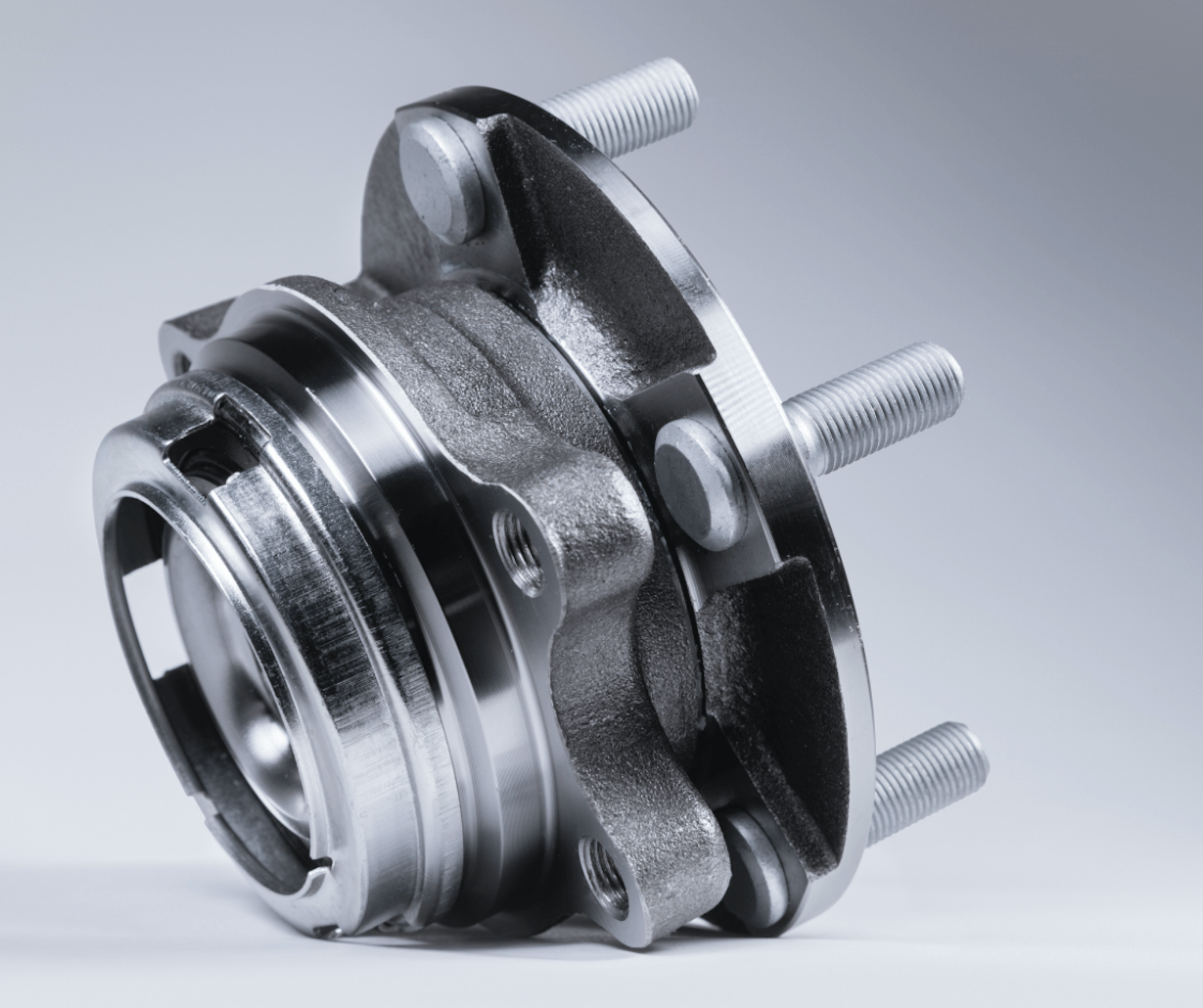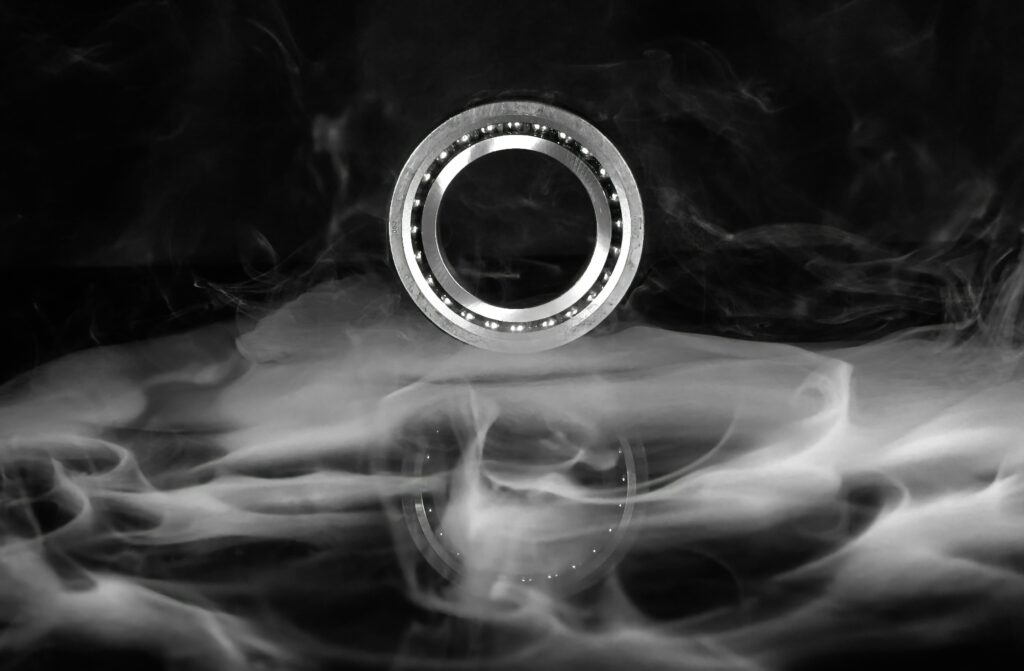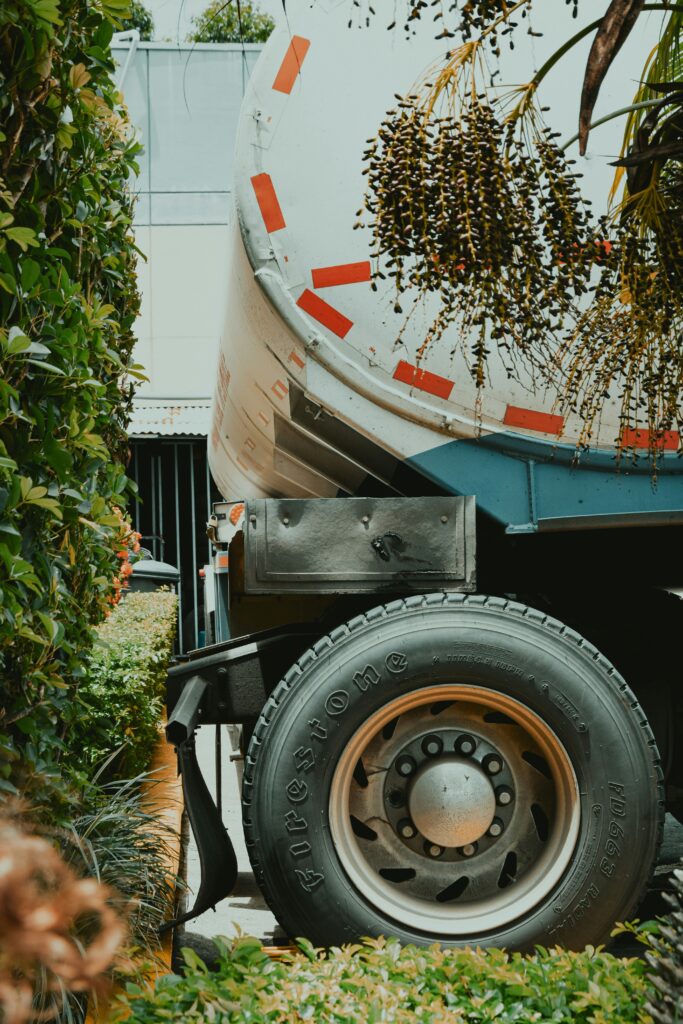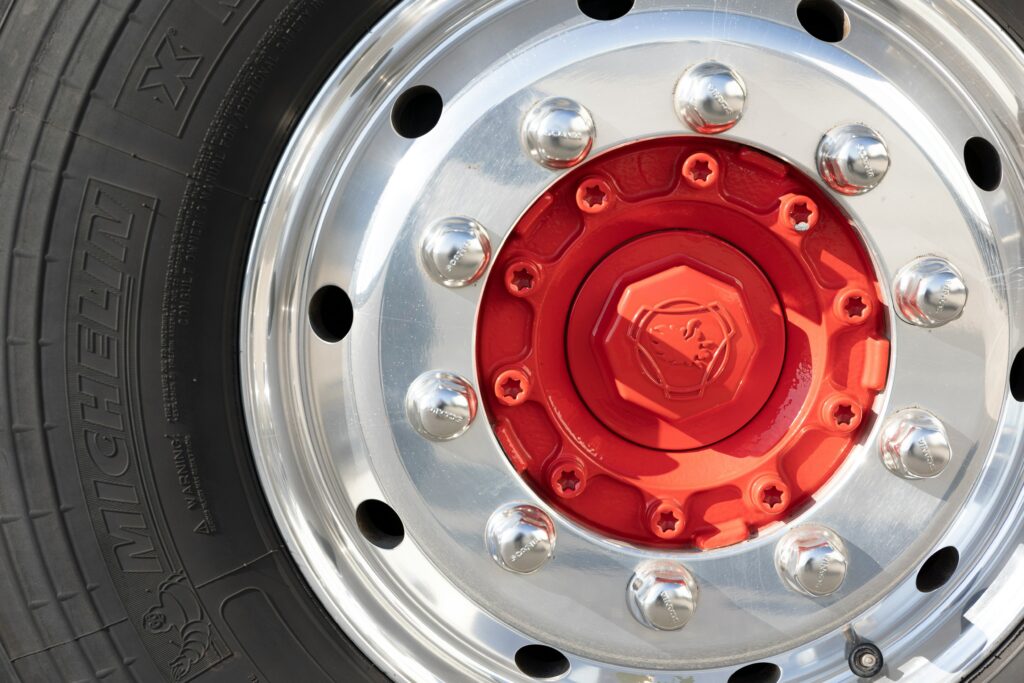
Rear wheel drive vehicles with independent suspension will usually have rear hubs similar to those on the front wheel of front wheel drive vehicles. The principal difference is that the hub is not required to steer. Therefore, the mechanism is simpler in design, but no less vital to the proper operation of the vehicle.
Over the decades, manufacturers experimented with unusual features on their driven rear hubs. For instance, the Triumph Herald featured a key running in a slot to transmit the drive between the hub and the drive shaft, rather than the usual splines.
A few models of car also have rear hubs which are able to self-steer over very small angles, in most cases just a matter of a few degrees, to help aid stability when it comes to fast cornering. This helps to correct the tendency that some vehicles have to drift into oversteer when they are decelerating in mid-corner. This rear-wheel self-steer capability serves to reduce this tendency.
What does a rear wheel hub do?
Wheel hubs aren’t visible unless you remove the wheel and they are used to connect each wheel to the vehicle. They are the vital component in the wheel set-up that enables the driver to steer the vehicle by moving the wheels. For this reason it’s important that they’re working correctly. When problems do occur, the wheel may become wobbly and difficult to control, creating issues with the steering wheel alignment. This can make controlling the vehicle more challenging and can place too much friction on the wheel itself making it dangerous.
The rear wheel-hub assembly ensures that your rear wheel remains attached to your vehicle and it allows the wheels to turn freely enabling safe steering. The wheel hub assembly also plays a critical role in a vehicle’s anti-lock braking system (ABS) and the traction control system (TCS).
What can happen if I drive with a faulty rear-wheel hub?
A faulty rear-wheel hub can be incredibly dangerous to drive and carries a range of risk. As the bearings inside the assembly eventually become worn out, they can cause wheels to stop turning smoothly. As a result, your vehicle can become shaky. It can also mean that the wheels are not secure, and if the hub assembly degrades further, the steel can fracture causing the wheel to come off.
Where is a rear- wheel hub fitted?
As the name suggests, the rear-wheel hub is located at the centre of the vehicle’s rear wheels. You can find them situated between the drive axle and the brake drums. Wheel hub assemblies, either front or rear, work to connect the wheels to the vehicle body. The rear-wheel hub assembly contains bearings. These allow the wheels to roll quietly and efficiently. They’re the mainstay on the vast majority of cars, as well as light and heavy duty lorries and buses.
What is rear-wheel hub assembly?
The wheel hub assembly, whether it’s being fitted on the front or rear wheels, is a pre-assembled unit featuring precision bearings, seals and sensors. It’s sometimes known as a wheel hub bearing, hub assembly, wheel hub unit or hub and bearing assembly.
What are the warning signs that I have a faulty rear-wheel hub assembly?
If you have a faulty rear-wheel hub assembly then the first indications may be a range of sounds and noises. This may be a growling, humming, squeaking, chirping or squealing noise from the tyres. Typically, these noises will present themselves at around 30-45mph. In some instances, the steering wheel may shake as you drive. The ABS light will come on if the sensor isn’t reading properly or if the signal is lost.
How much does a rear wheel hub assembly cost?
The overall cost of a rear wheel-hub assembly will depend to a large degree on the type, make and model of vehicle. Different vehicles require different sizes and bearings, and these can range in price.
Replacing a rear wheel-hub assembly is not extortionately expensive, but it isn’t the cheapest replacement part you can purchase for your car either. This is understandable when you consider the vital role they play and their workload. They will on average cost anywhere between £225-£575. If, however, you just need to replace the wheel bearings this should only cost you around £100.
If you suspect you have problems with your rear wheel hub then you should have it investigated as soon as possible.
Find out more about our wheel hub services
Back to news

